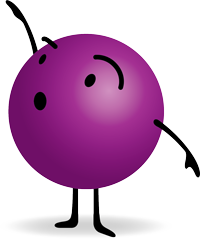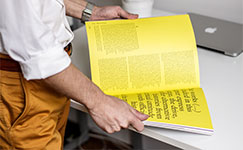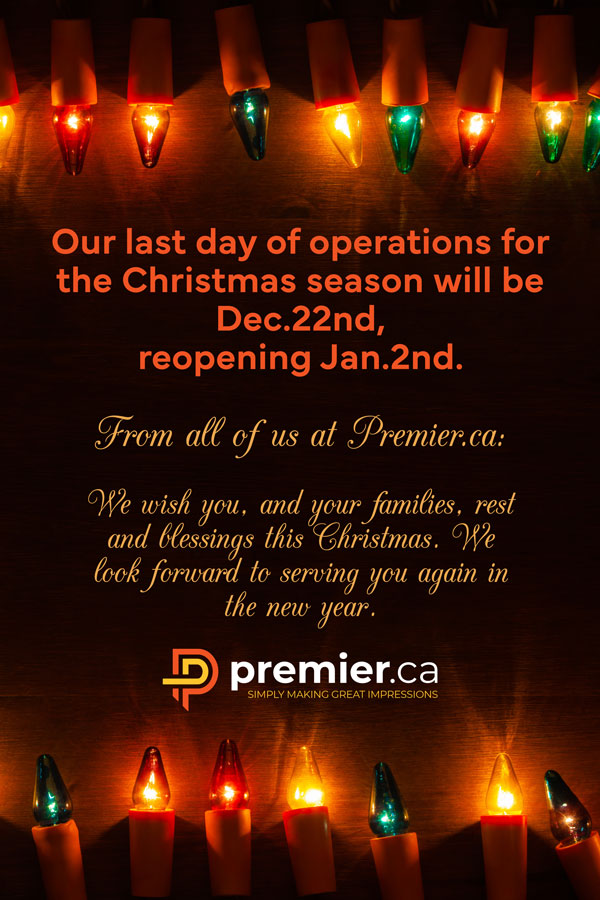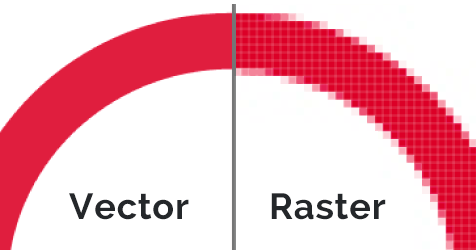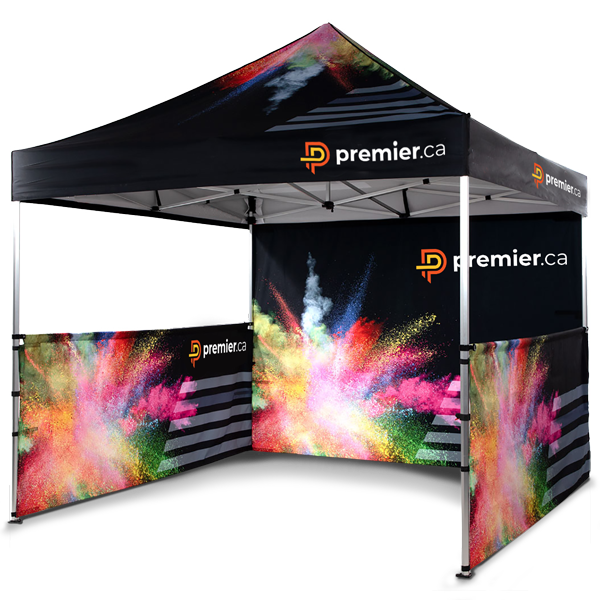Frequently Asked Questions
What is dye sublimation printing and how does it work?
Dye Sublimation is a printing process which reproduces graphics and images into various flexible and rigid substrates – in our case, fabric. Using a combination of high heat and pressure, solid dyes are absorbed directly into the fabric, making for durable prints with many advantages over traditional screen-printed graphics.
What is the process of Dye Sublimation Printing?
Transfer Method: Typically, graphics and/or images are created on a computer. These files are sent to a plotter that prints the respective design on special transfer paper. The transfer paper is then fed through a heat press along with the fabric in order to transfer the image from the paper to the fabric using heat and pressure. This process is unique in that the inks on the transfer paper actually change from a solid to a gas state (sublimation) and this allows the ink pigment to deeply permeate the fabric fibres.
Direct-Dye Method: Similar to the above method, however the transfer paper step is eliminated and the dye is printed directly onto the fabric. The fabric must still proceed through the heat press in order to activate the dye. Direct-dye allows for an even greater permeation of dye and is great for achieving graphic “show-through” on the backside of a fabric. It is also a more environmentally friendly process as it does not use any paper.
At Premier we have the capability to utilize both of these methods where appropriate for your project.
What are the advantages of Dye Sublimation over Screen Printing?
The most obvious advantage is apparent in the end product. Silk-screening usually utilizes plasticized inks for textile printing resulting in the inked areas clogging the weave of the fabric with ink. This clogging of fibres can hinder fabric performance especially with active wear apparel. Dye sublimated fabrics maintain their original performance specs, even after full coverage dying. This means moisture wicking, breathability, etc. remains unhampered.
Silk-screened areas will feel different to the touch than the actual fabric as the ink sits on top or coats the fabric fibres where as a sublimated print will have the exact same feel before and after being dyed.
The images produced by dye sublimation are permanent and will not peel, crack or fade. No special care is required for machine washing and drying garments with sublimated images.
Dye sublimation produces a very wide, brilliant range of colors compared to process screen printing.
True continuous tone (photographs) reproduction. With dye sublimation there’s no need to apply half tone screening to your images!
A Few More Frequently Asked Questions
How are our products made?
Once a design is approved, the graphic files are fitted onto a pattern on the computer. Those files are printed and then sublimated into the fabric. The dyed fabric pieces are cut out and passed on to our sewing and finishing department. After finishing, the products are cleaned, checked and are packaged for shipping!
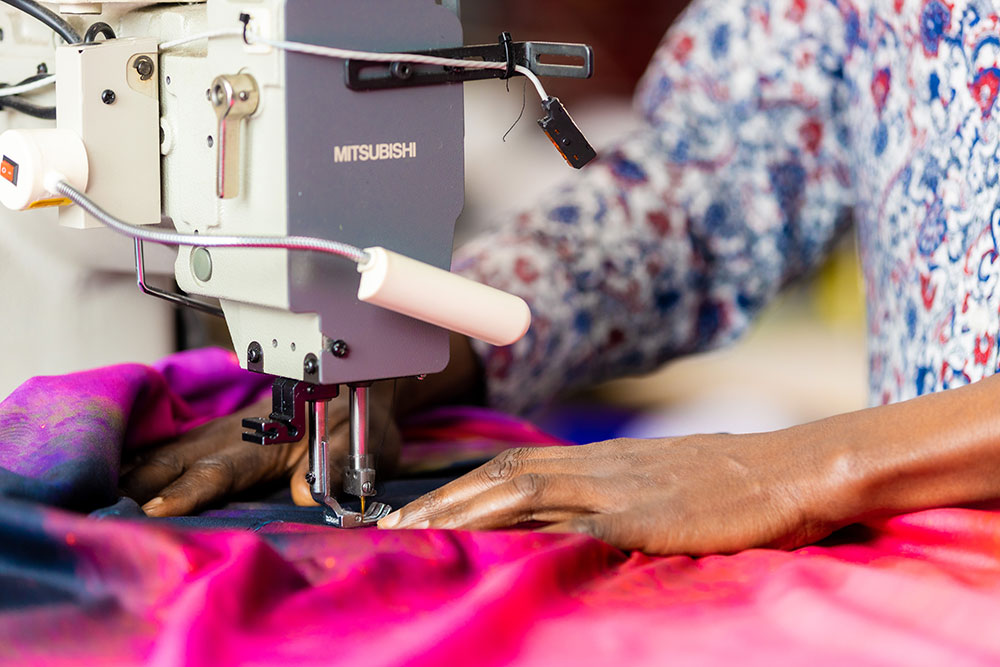
Where are our products made?
All dyed fabric components of our products are designed, printed, dyed, cut and sewn to order right here in North America. We have our own in-house graphic designers, pattern makers, printer operators and sewing factory!
What colors of fabric do we have available?
That’s easy. WHITE! Most people don’t realize that all of our fabric products start out as un-dyed white rolls. Anything that is not white is dyed to color. In other words, on a red table cover with a white logo on it, all the red areas would be dyed while the white logo would be the only area left as un-dyed fabric.
What types of fabrics do we use?
We stock dozens of fabrics varying from heavy water resistant fabric to lightweight breathable high performance fabric. All fabrics are primarily synthetic/polyester blends.
A Few More Frequently Asked Questions
What type of artwork is acceptable?
Vector Artwork In general, vector-based artwork allows us to achieve the best results, as the artwork can be scaled to any size without any loss of quality. Examples of common vector artwork file types include Adobe Illustrator (.ai), Encapsulated Postscript (.eps) and Portable Document Format (.pdf). When providing artwork it would be best to send those file types first if possible.
Non-Vector (Raster) Artwork If vector artwork is not available or for some reason inapplicable (ie. for photograph-based, raster imagery, etc.), we require images to have a minimum resolution of 100dpi at print size for best results. We would also prefer to work with native files (for example, layered Photoshop files) rather than flattened or compressed files such as jpeg.
What is Vector?
With vector artwork, the graphics are based on mathematical relationships between points, which allows the image to be scaled to any size without any loss of quality. Vector artwork is typically created with an illustration program (such as Adobe Illustrator), and is the preferred format for logo creation because of its crisp lines and scalability.
What is Raster?
Raster artwork is made up of tiny square dots called pixels. Each pixel can be a different color, allowing for rich, full-colour photographic images. Raster artwork files are typically digital photographs or created with photo-editing software (such as Photoshop). In general, raster artwork cannot be increased in size without losing quality.
How do I know if my artwork is correct?
All jobs go through our art department at which time resolution, size, etc. are all pre-flighted. If your files are not going to provide satisfactory results, you will be contacted by one of our customer service reps with details of the concerns. At that point you can re-submit new files or have our team make the adjustments (though additional charges may apply). For a cost, we are also able to clean up and/or convert poor quality logos into high quality, vector versions.
The Last Few Frequently Asked Questions
Can we do color matching?
Yes. If your artwork requires color matching, please provide the specific Pantone numbers for us to match. Because of the sublimation process, matching Pantone colors is a little different than typical printing. Proprietary methods of color matching have been developed by Premier to ensure an accurate reproduction of special colors.
Can I use spot colors in my art and can you print spot colors?
You may use spot colors in your art, but be aware that these spot colors will eventually be converted and printed in process CMYK (Cyan, Magenta, Yellow, Black). Our process does not allow us to print with actual spot color ink. Regular process inks are used, but because dye sublimation differs from typical printing we can achieve a much wider range of colors with those process inks. In many cases we can achieve more accurate spot color reproduction than typical process printing can.

